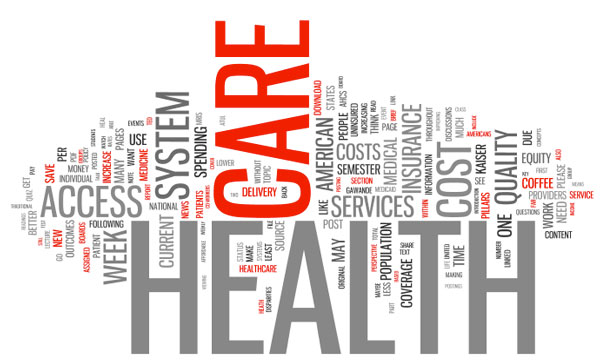
Introduction
External forces of history, financial constraints, political landscape, current socioeconomic structure and consumer preferences shape the structure, or lack thereof, of the American health care system—often through health policy decisions about funding care, reimbursement, and regulation. Direct effects can be seen in the organization and delivery of care. A focus of our class will be the downstream effects on access, quality, cost, equity, and population health. These five elements of health care are the pillars of this course.

The US has the trifecta of high cost, unequal access, and often below average outcomes compared to other highly developed nations. This module will provide an introduction to the American health care system (AHCS), explore some of the complexities of health care delivery, and provide a glimpse of the historical evolution of the AHCS that has led to the great debate and need for health care reform today. We will differentiate between the traditional primary care and hospital-based paradigms and more preventive, out-patient and medical home community models.
Explore the infograph about US Health Care Costs by reviewing "Visualizing Health Policy" from the September 2012 issue of Journal of the American Medical Association. As you read, note the following:
- Increase in health care spending exceeds growth of US economy
- Small proportion of population uses most of resources
- Burden of health care costs on families
- Health care spending per capita in US compared to other countries
Learning Objectives
- Identify and define the five course pillars.
- Describe major characteristics of the uninsured in the US pre-implementation of changes from the Affordable Care Act (ACA).
- Distinguish between the elements of access in health care: access to insurance coverage, access to services, use of services.
- Identify key terms in health care expenditures and demonstrate ability to match categories to actual data tables.
- Categorize cost containment strategies as price controls and utilization.
- Describe the current situation in US health care of high costs with poor outcomes and begin to relate to course pillars.
- Relate a current event to course concepts in written form.

